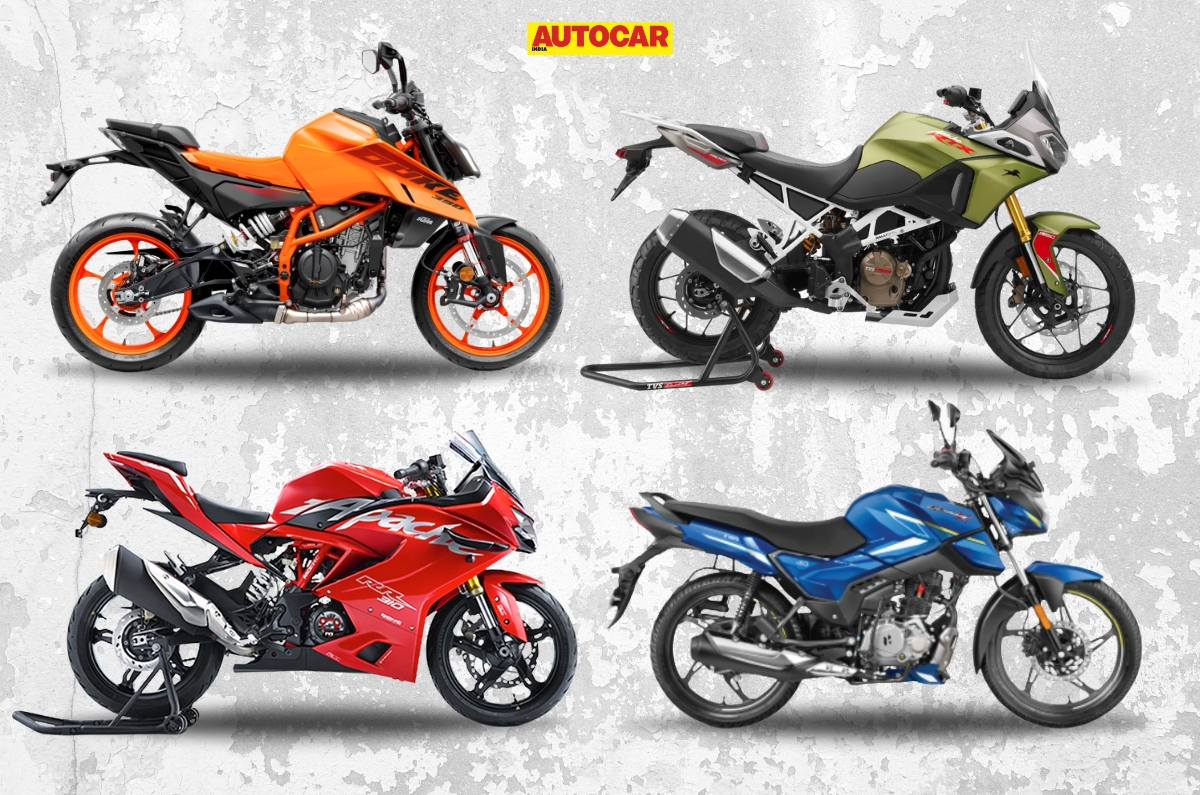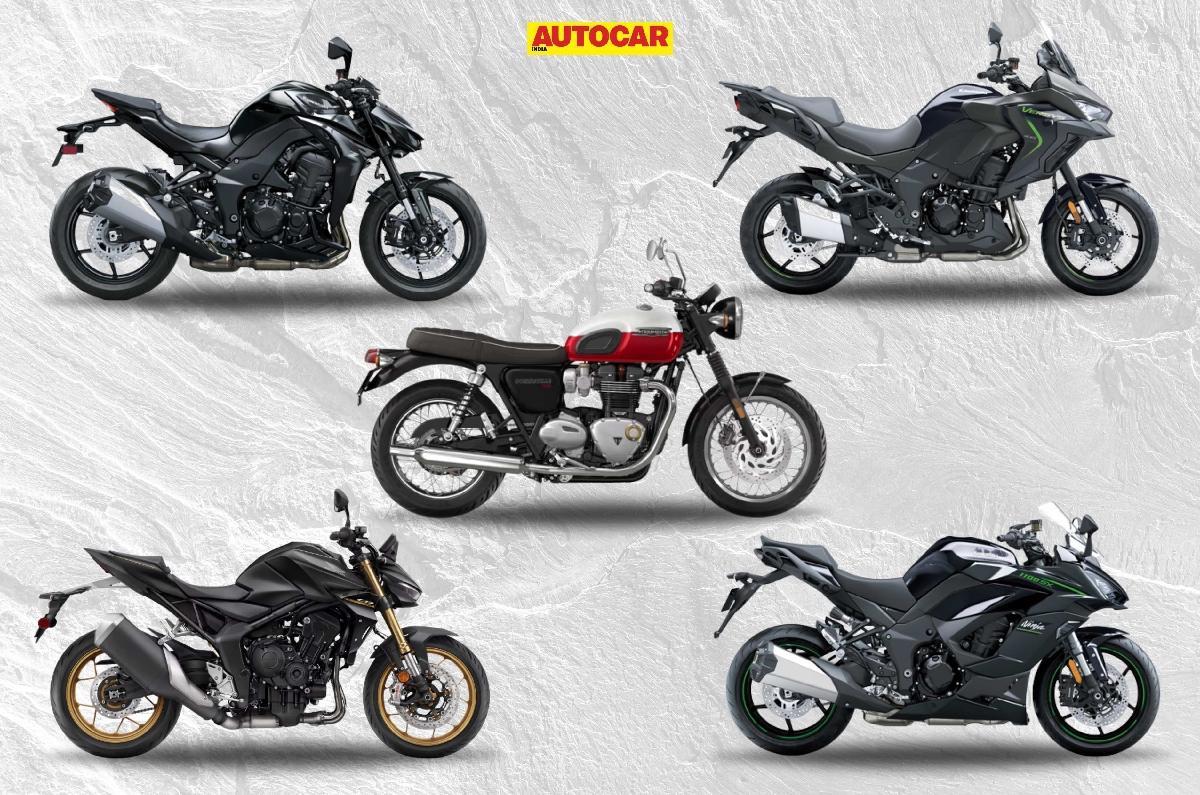Tyres (closely followed by suspension) are easily the most misunderstood and overlooked element of a motorcycle. However, there is a huge amount of science and engineering that goes into making good tyres, and TVS Eurogrip wanted to enlighten us on this topic.
The event was split into a classroom masterclass before we headed out onto the racetrack to experience what a tyre tester’s job is like. There were four experts who’d share their knowledge, namely TVS Eurogrip CTO V Sivaramakrishnan, Renato Zilli, who runs the Eurogrip operation in Milan, and two of the company’s expert test riders. Both Toshihiro Wakayama and Vittorio Iannuzzo became test riders after rich racing careers and had a lot to share with us.

Tyre technology can quickly become an incredibly complicated topic, but there were some fascinating insights from the classroom session. Sivaramakrishnan explained that tyre compound development works a lot like the pharmaceutical industry. That’s because, like with pharmaceuticals, the quest is constantly on for new compounds that can best meet a desired set of parameters. Most of the compound development for TVS Eurogrip happens in their new material science laboratory in Madurai, along with inputs from Europe and Japan.
The company is already using artificial intelligence and simulations to come up with new formulations. The best of these formulations are then sent to the production centre, where prototype tyres are made and tested for drivability as well as durability, and the best of those prototypes make it to production.
This process takes about two years to get a finalised, production-ready tyre, but then it takes even more time to develop multiple sizes of that same tyre. This is because different sizes create different development challenges in areas like the shape and construction of the tyre.
Much of the initial tyre design process in terms of tread design, profile shape, compound material and carcass construction is virtually conducted and lab-tested, but that can only go so far. That’s why human test riders are so important; they return feedback in terms of how the tyres actually perform versus how the digital tools say they should perform.

This is a time-consuming and extremely methodical process that happens on multiple test tracks and roads across Europe, Japan and India. A huge number of parameters of a tyre’s behaviour in terms of stability, braking, lightness, agility, grip, grip loss, and much more are documented.
The test riders also use multiple motorcycles (from the tyre’s target genre) and compare the prototypes against benchmark tyres from rival brands that are installed on the same motorcycles. These are almost always ‘blind tests’ where the rider doesn’t know what tyre they are on. The rider’s role is to evaluate the tyres, catalogue their results and share that information along with their feedback with the development engineers. Armed with this data, the development team then distils the positive aspects of the various prototypes into one final product.
With our heads full of information that is too vast to document on these pages, we headed to the Kari Motor Speedway to get a real-world feel of tyre testing. What awaited us was a wide variety of motorcycles equipped with a number of different TVS Eurogrip tyre models. There were no raging superbikes, and we had a very real-world set of bikes to try, with the fastest bikes I rode being a Kawasaki Versys 650 and a Harley-Davidson Street Rod.

With machines like the RE Classic 350, TVS Ronin and the Street Rod, the machines’ limits arrived far closer than the tyres’. Thankfully, the Versys 650 allowed more generous lean angles, which revealed that the new Road Hound sport touring tyre has a very confident, linear and natural feel with vast amounts of grip. Meanwhile, the KTM 390 Duke reminded me that the Protorq Extreme is fabulous and easily the best Indian motorcycle tyre I have tried to date.
It is so good that it was selected by Aprilia as the OEM tyre for the new RS 457. In fact, Eurogrip says that they received some valuable insights while co-developing the tyre to Aprilia’s specifications. Those learnings have been introduced to all Protorq Extremes that are now sold in the aftermarket.
At the end of the day, we didn’t get to push these tyres to the limit, but we did get an insight into the depth of complexities involved with making good motorcycle tyres.


































